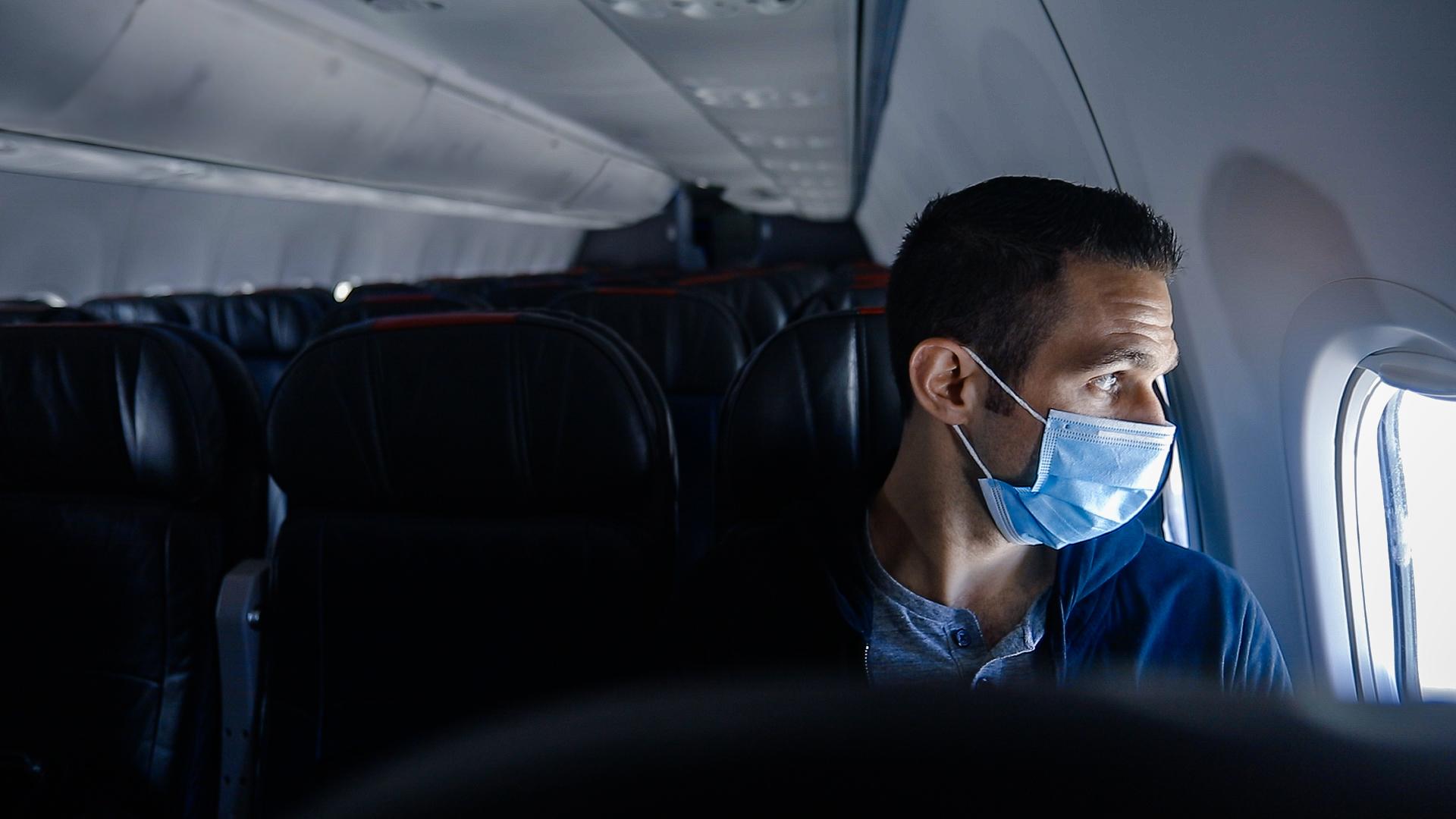
WASHINGTON—The chairman of the U.S. House Transportation Committee called on airlines to cap load factors in the cabin, after a viral image of a fully-packed United Airlines flight caused a stir on social media earlier this week.
The photo, snapped in a selfie by a doctor on board, showed passengers sitting packed into a United Airlines Boeing 737 at Newark Airport on May 9, prior to take-off on a cross-country flight to San Francisco. The customers were all wearing masks, and no middle seats were blocked off.

“I guess @united is relaxing their social distancing policy these days? Every seat full on this 737,” tweeted the passenger, Dr. Ethan Weiss, a cardiologist.
In letters sent May 14 to the CEOs of Airlines for America (A4A) and the National Air Carrier Association (NACA), Rep. Peter DeFazio (D-Oregon) said he was “troubled” by the photo, adding that it is “by no means the only” image of packed planes he has seen during the COVID-19 pandemic.
“Who among the CEOs of your association’s members would want a member of their own family to be assigned to a middle seat between two potentially contagious passengers in the middle of a global pandemic?” DeFazio wrote.
U.S. carriers have been taking various steps to accommodate social distancing aboard their planes. United, for its part, announced shortly after the photo went viral that it will now pro-actively notify and provide passengers the option to rebook travel plans 24 hours ahead of time on all flights with 70% or greater load factors.
“We’re not alone in the industry that some of our flights—though very rarely—depart with higher than normal load factors ... You’ll also notice that Dr. Weiss praised our efforts after we announced the policy,” United spokesman Charles Hobart said.
Delta Air Lines is going the furthest to space out passengers, capping seating at 50% in First Class and 60% in all other classes through June 30, encompassing virtually all middle seats and some window and aisle seats in cabins configured with 1x2, 2x2 and 2x3 seating. American Airlines is also limiting the number of passengers on each aircraft, blocking off 50% of main cabin middle seats and seats near flight attendant jump seats. Southwest Airlines, on the other hand, is not blocking seats or directing seating, preferring an “open seating environment” that allows customers to pick their own seat while limiting overall seating by an unspecified amount.
DeFazio wants carriers to go further. In his letters to the airline associations, he urged that members ensure their reservation systems leave at least one seat-width of spacing between passengers, and to “dynamically adjust fares as needed” to offset the effect on load factors.
Responding to a request for comment, A4A did not directly address the chairman’s letter. “This is a rapidly evolving situation. U.S. carriers remain in close contact with federal agencies, the Administration, Congress, public health experts and industry partners as we continue to evaluate the most effective measures to protect the traveling public and instill greater confidence in passengers and employees as they travel,” an A4A spokesman said in a statement.
George Novak, the president and CEO of NACA—whose members include many smaller and low-cost airlines like Frontier Airlines and Spirit Airlines—was more forthcoming. Novak told Aviation Daily that member airlines are examining short-term solutions to accommodate greater social distancing, although he warned that the 67% maximum narrowbody load factors demanded by DeFazio would be “clearly not sustainable for any length of time.”
“Our members are going to take a look at what works in terms of spacing and separation methods, but at the same time, we have to recognize the financial realities of revenue, as well as things like families that want to sit together or seat configurations on regional aircraft where you don’t have middle seats,” Novak said. “The chairman’s letter is well-intentioned, but it’s very difficult to have just one policy that works for all types of carriers and all types of aircraft. There’s a ton of complexity involved in how you do that.”






Comments